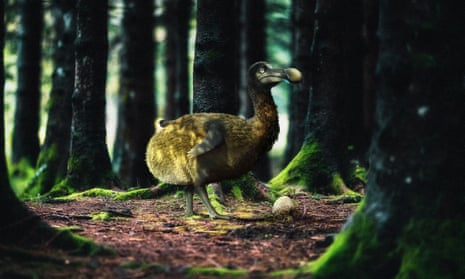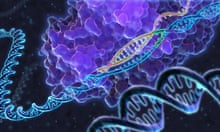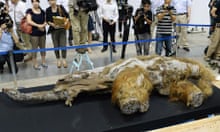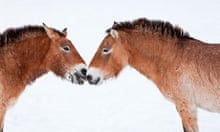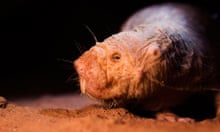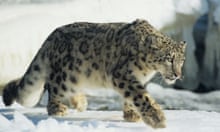The dodo, a Mauritian bird last seen in the 17th century, will be brought back to at least a semblance of life if attempts by a gene editing company are successful.
Gene editing techniques now exist that allow scientists to mine the dodo genome for key traits that they believe they can then effectively reassemble within the body of a living relative.
Dodos are most closely related to pigeons, according to sequencing of the proverbially dead bird’s genome.
The scientists in question said their work, beyond providing an insight into the extinct dodo’s existence, could help inform the conservation of rare species that are not yet extinct. However, there is a fierce debate among biologists over whether this sort of research should be pursued.
Colossal Biosciences, the gene editing company involved, has already embarked on projects to revive the woolly mammoth and the thylacine. But the dodo would be its first bird, which is significant as it means changing the gene editing technique to accommodate an external egg.
This could bypass at least some of the ethical dilemmas for scientists. With the mammalian species the technique requires implanting gene-editing material into the reproductive system of an existing relative of the species, such as an elephant in the case of the mammoth. It could take many pregnancies in practice to create viable offspring from such a method.
Performing the same technique on an egg-laying bird should be less stressful for the donor species. The researchers will be able to work with pigeon eggs, and use genetic material from pigeons that can be modified to reflect key traits of the dodo, including its flightlessness.
But this will also be technically challenging, as no one has yet managed to use gene-editing for birds in this way.
Beth Shapiro, lead palaeogeneticist at Colossal, told the Guardian she had been fascinated by the dodo for more than two decades, since pursuing a degree in Oxford in 1999 where she saw a preserved dodo as a museum exhibit, and tried to persuade the museum to let her extract its DNA.
She said there were hundreds of dodos in collections around the world, meaning it had been possible to sequence the dead bird’s genome. But she warned that the revived dodo could never be an exact replacement for what has been made extinct. “What we are trying to do is to isolate the genes that distinguish the dodo,” she said. “It would be crazy to think the solution [to the world’s biodiversity crisis] was to bring back a proxy.”
Ben Lamm, the co-founder and chief executive of Colossal, said the company – whose attempts on mammoths and thylacine have not yet produced new animals – was raising a further $150m (£122m) from investors to pursue its research on the dodo. He said the recreated versions of the bird could be “rewilded” in Mauritius, where the dodo lived until it was last sighted in the 17th century, before it is thought to have been hunted to extinction.
“We are very transparent that [the place] to reintroduce the dodo into the wild would be Mauritius,” he said.
He said the research could assist conservation efforts for many other threatened species around the world, as it would develop techniques that could allow scientists to discern and preserve key traits in those existing species that could be vital to helping them adapt in a changing climate.
Prof Ewan Birney, deputy director of the European Molecular Biology Laboratory, who was not involved with Colossal’s work, said it would be “very very challenging” at a technical level to recreate the dodo genome.
He said: “There is no doubt this is an iconic bird. I’ve no idea whether the mechanics of this will work as they claim, but the question is not just can you do this but should you do it. There are people who think that because you can do something you should, but I’m not sure what purpose it serves, and whether this is really the best allocation of resources. We should be saving the species that we have before they go extinct.”
